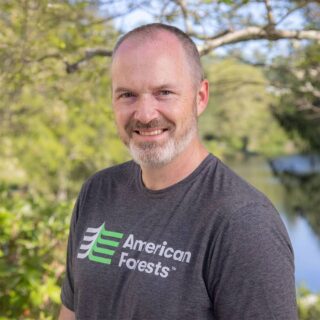A Landscape Scarred by Fire
The 2018 Camp Fire was the deadliest wildfire in California history. It claimed 85 lives, leveled Paradise, Concow and neighboring towns, and scorched 150,000 acres of forest.
Sadly, the Camp Fire was not unique. The area has endured at least 16 large wildfires since 1999. The 2020 North Complex Fire burned 319,000 acres, while the 2021 Dixie Fire burned more than 432,000 acres — making it the second-largest wildfire in California state history.
These three fires alone blazed across nearly a million acres, leaving huge tracts of forest at risk of permanently shifting to a landscape of grass and shrubs. Shrublands are highly flammable, leave local communities vulnerable to landslides and offer little of the benefits to wildlife, water and the climate that a healthy forest does.
As climate change continues to trigger early springs, deep drought and searing heat, fire will shape and reshape local forests. The challenge now is restoring burned forests so they can regrow better able to adapt to coming climate extremes.
A Plan for Paradise
American Forests and our partners are restoring resilient forests to Paradise and surrounding areas. We are collaborating with the Bureau of Land Management (BLM), local resource conservation districts, private landowners, scientists and other forest advocates on a multi-year effort to bring back forests in priority parts of the Camp Fire’s burn scar.
American Forests’& Camp Fire Climate Plan will guide the BLM’s forest restoration efforts on affected parts of the agency’s land. This comprehensive reforestation plan, the first-ever adopted by the BLM, lays out a practical vision to regrow forests that are better suited to a hotter, drier future.
The plan includes planting seedlings according to local topography — to create the mosaic of habitats common to healthy Californian forests — as well as using seedlings with more heat-resistant genetics, and controlling competing shrubs to minimize fire risk.
Climate-Smart Reforestation
To date, American Forests has planted more than 50,000 trees in the Camp Fire burn scar, with many more planned in the coming years. These trees are planted according to American Forests’ climate-smart principles, a suite of forestry techniques that can help regrowing forests better adapt to a harsh climate future. These techniques include:
- Planting a diverse group of tree species, including species rarely used in reforestation projects
- Planting seedlings with diverse genetics that may enable them to better withstand heat and drought
- Cluster planting to mimic natural regeneration and minimize the risk of wildfire spread
- Protecting the natural regrowth of oaks, which are particularly drought resistant and re-sprout from their roots after fire
These plantings will be maintained by selective removal and pruning of shrubs that compete with growing seedlings, as well as applications of prescribed fire, which weed out underbrush and unhealthy trees.





